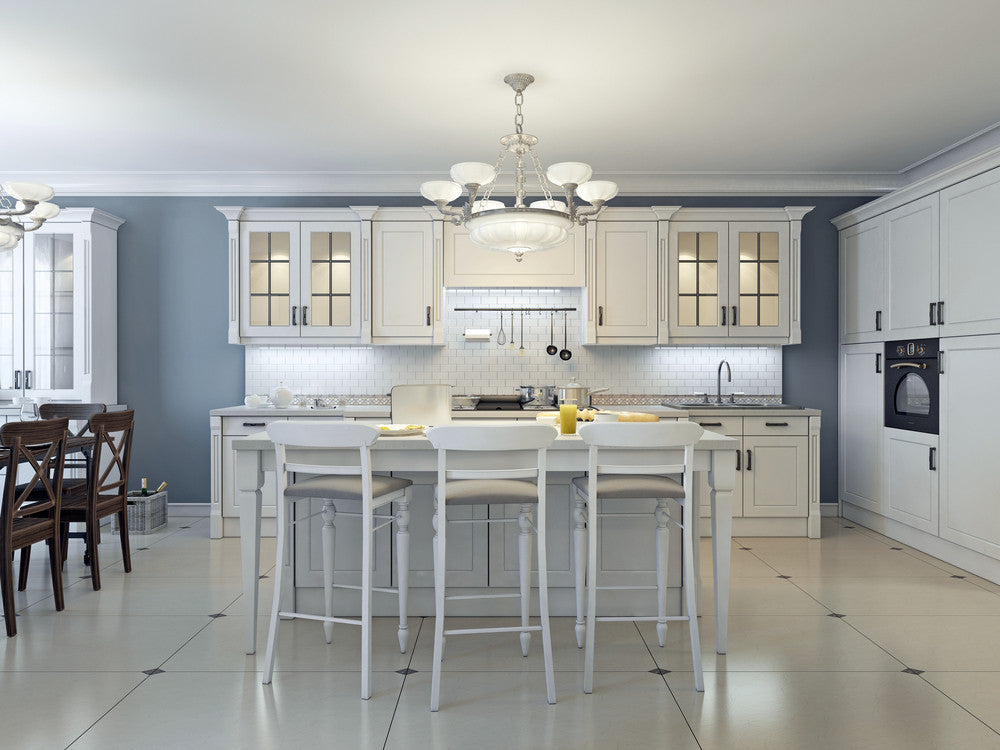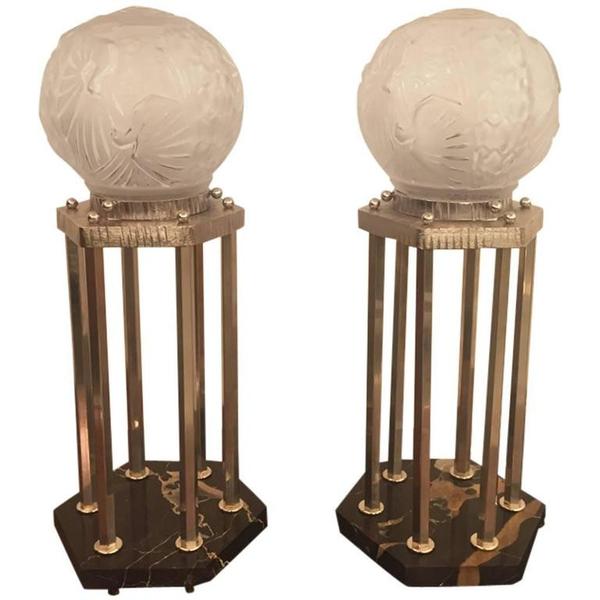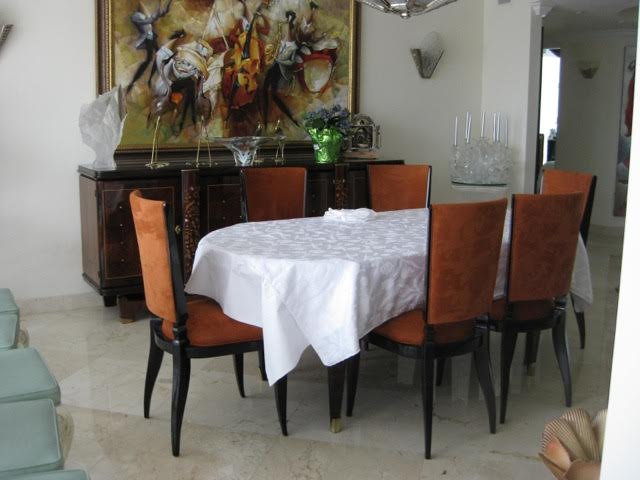An Introduction to Art Deco
Early Twentieth Century Art and Décor
The late nineteenth and early twentieth centuries’ artistic landscapes throughout Europe and North America were heavily influenced by the beautiful, flowing forms of Art Nouveau, which permeated design, architecture and furniture. Art Nouveau loved and celebrated the organic and drew inspiration from nature.

In 1925, however, the Exposition Internationale des Arts Décoratifs Industriels et Modernes in Paris introduced a new term – Art Deco – for the up-and-coming trend that took these organic forms into the realm of the modern and scientific, becoming the stepped geometric patterns that would utterly transform and dominate art and design over the course of the next few decades. The trend had slowly been building momentum since the end of World War I, as people embraced Cubism and Neoclassicism, in a bid to leave behind the distresses of war and to move forward into the new, fresh and modern. Angular forms, geometric shapes and repeating designs took over architecture, breathing new life into a shattered Europe.
Influences on Art Deco and Its Development
Between the two World Wars, Paris life was all about glamour. Movies were becoming popular, beauty was de rigueur and old-fashioned just wouldn’t do. Artistic movements like cubism and fauvism were gaining traction; jazz music was heard in every café, night spot and home; in England and America, writers like PG Wodehouse and F Scott Fitzgerald were telling the stories of the rich and frivolous; and architects like Le Corbusier were replacing buildings decimated just a few years earlier with elegant and opulent constructions – many of which stand today.

Art Deco’s history goes back a little further, however, than just to the end of World War I. In 1900, the Société des Artistes Décorateurs (the Society of Artist-Decorators) was formed in France as a response to the waning interest in French design. Innovations in architecture and design were crossing the globe, originating from such far-flung places as Australia, and France was losing relevance as a design leader. The French sought to reclaim this throne and went as far as to gain government sponsorship for an exhibition that would showcase the talents and works of members of the Société. The exhibition was scheduled to take place in 1915, but was postponed until the end of the war and only took place a decade later.

The mandate for this exhibition was clear – France wanted to reign supreme once again as world leaders in luxury, and this position had to be reclaimed not through a rehashing of the old, but by introducing something new and revolutionary to the world. Historical styles were shunned; applications were broad, covering everything from table lamps to entire buildings; and art was not created for its own sake, but as part of an overall decorative scheme which found its way into all manner of objects. The style was embraced and adopted throughout the modern world. Examples of Art Deco buildings can still be found in major cities in Europe, the Americas, Australasia, even Africa – take the famed Chrysler building as just one example, the Paris Metro station entrances that have remained unchanged and instantly recognizable for over a century, and even the famed statue of Christ the Redeemer in Rio de Janeiro.
Recognizing Art Deco
Art Deco may have drawn some of its influences from Cubism and it shared its time with other movements like Bauhaus, Art Moderne and Arts and Crafts, all of which share at least some characteristics. To recognize Art Deco, it helps to keep a few details in mind – although these are not, as it were, carved in stone.

Because it was a celebration of the modern, of science and technology, geometric shapes feature heavily, especially in symmetrical, repeating arrangements. Contrasting, vibrant colors abound, as does the use of various different, often seemingly incompatible, materials. The modern age allowed the Art Deco movement to combine metals and plastics with glass and wood, often in one contiguous piece. As opposed to Art Nouveau’s true-to-life incorporation of all things natural, including birds, leaves, flowers and so on, when natural elements found their way into Art Deco, they were stylized, made symmetrical and given the same repeating motif treatment as triangles, rhomboids, diamonds, sine waves and more.

Surfaces and fabrics are polished and shiny – including highly polished woods, metals and glass – while lighting is subdued, adding warmth, glamour and opulence. While patterns may be stark and lacking in frill, they are nonetheless lavish and eye-catching, right down to the floors covered in their perfect parquet. Art Deco did not aim to be subtle, background design – it was designed to be noticed, talked about and enjoyed for itself. Art Deco is also less prevalent in the visual arts and is primarily found in architectural applications and furniture. As a style, it is more recognized as a functional art form than as a purely decorative one, despite its name.
Art Deco in Today’s World

Art Deco’s heyday was brief, lasting for just the decade and a half between the end of World War I and the outbreak of World War II. Nonetheless, its influences can still be seen all around us today. Television series like Downton Abbey and movies like The Great Gatsby bring the opulence of classic Art Deco style into our view and the immense popularity of these shows and movies are probably at least partly to thank for the influence that Art Deco is having on contemporary art.

At the moment, in interior design, we are seeing more monochrome, symmetrical patterns as well as bold combinations with metallic elements. Step and repeat patterns can be found in flooring, on furnishings and in molded ceilings. Unnecessary frou-frou is being trimmed down and furniture is taking on cleaner lines and echoing the shiny, polished surfaces of classic Art Deco.

- Tags: art deco french art deco
- Matthew Pillet







Comments 0